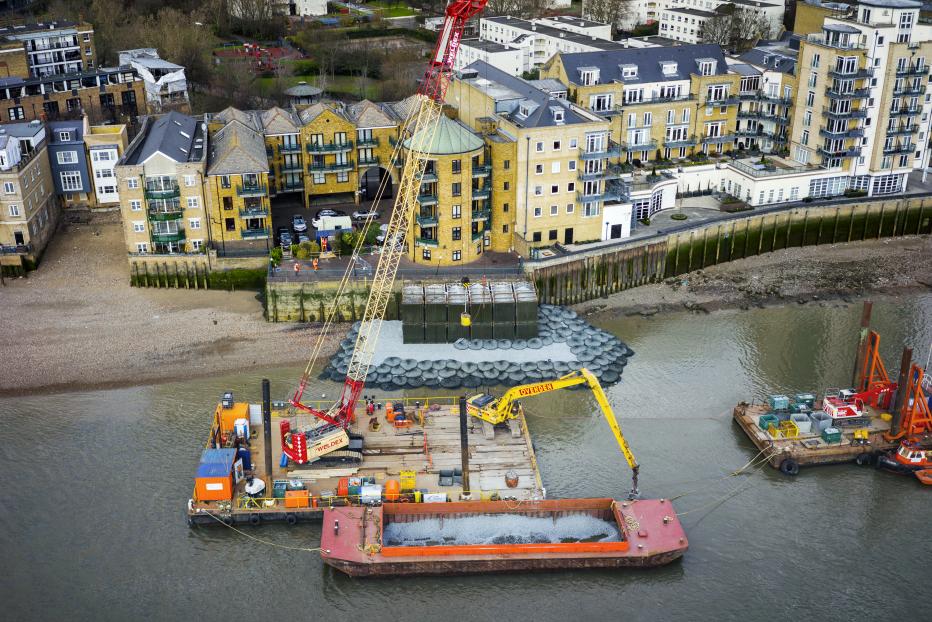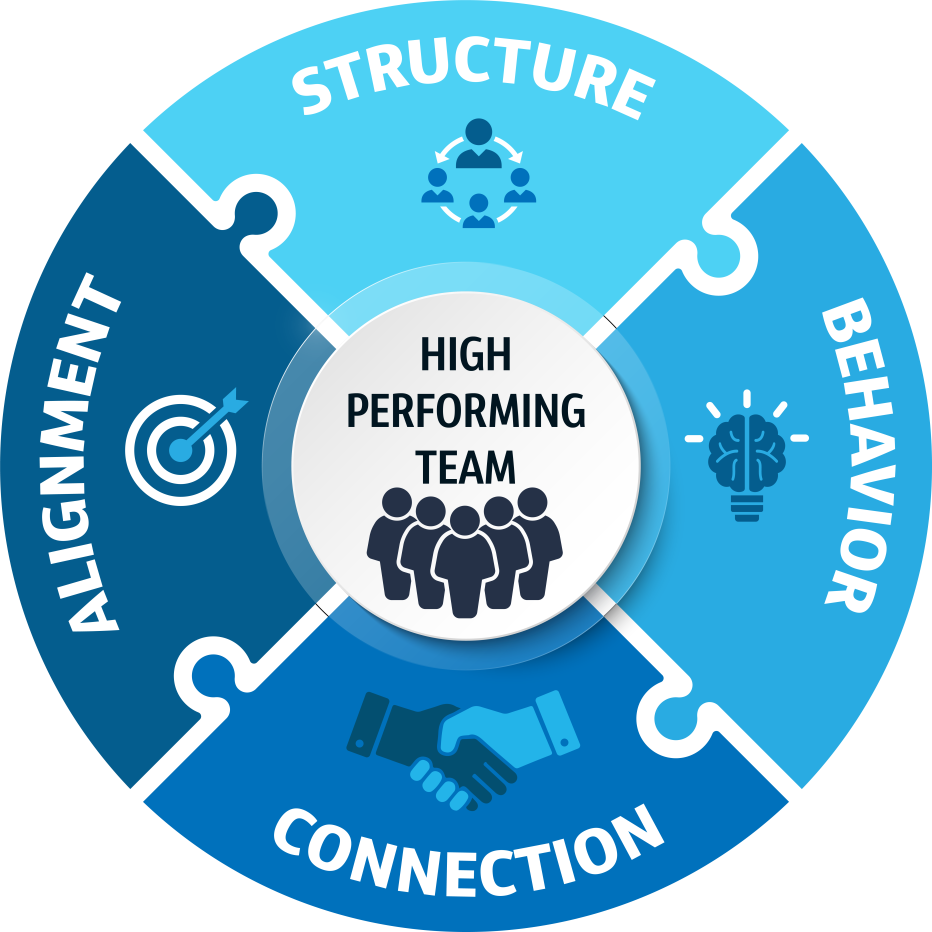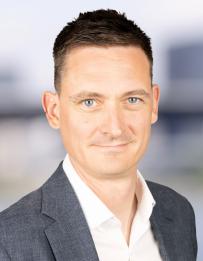
Major projects and programs are large complex multi-problem-solving endeavors, which are increasingly required to efficiently address the risks associated with our aging infrastructure, changing societal needs and the multi-faceted challenges of a changing climate. These major projects and programs require a blend of local knowledge and global expertise across a large variety of skill sets.
At Jacobs, we’re committed to investing in the communities where we live and work, and this means partnering with diverse teams of local small businesses that complement our expertise as well as other large organizations that increase the value we can provide to these communities. The formation of these large diverse teams from multiple organizations offers a lot of benefits but also represents a challenge: How do you bring these people together to efficiently solve the infrastructure challenge?
These teams are often formed of hundreds of individuals that need to come together and start working in a very short timeframe, often drawn from people that have not worked together before and from companies that may traditionally competitors. I believe there are four core components to overcoming this challenge and quickly building a high performing delivery team: structure, alignment, behaviors and connection.
A delivery team can be functional with just some of these component parts, but it’s only when all four are brought together and are fully developed that you will achieve the high functioning team capable of delivering a major infrastructure program on time and on budget.
- Structure
Having a clear structure and framework for your new team to work within is fundamental. Team members need to understand their individual roles and responsibilities and the roles and responsibilities of those around them, they need to understand the structure of your new, temporary organization including clear delegation and governance to facilitate quick and efficient decision making and risk escalation at the appropriate level. As with any delivery project, the structure must be supported by a robust baseline schedule and budget that is adequate to meet the scope. With this holistic structure in place team members have what they need to perform their individual roles.
- Alignment
Successful teams need a common identity and common goals to ensure they are working collaboratively and without conflicting agendas. To achieve this a program mission and goals should be developed, and where necessary included in contractual documentation, with associated measurable performance management metrics. Where forming a team through multiple contracts it can also be advisable to incentivise the parties against the achievement of these common goals.
- Behavior
Considering a team is bringing together individuals from different organizations with different philosophies and cultures, the convening organization must create a safe environment where everyone feels equally valued. Team members should be engaged in the process of developing a set of values for how they work together, creating individual investment in working to these values and feeling part of one unified program organization.
The psychological safety and belonging necessary for a high performing team can only be achieved if the program leadership model and exemplify the agreed values of the team.

The strong alignment and behaviors on TEAM2100 allowed us to identify and implement innovative solutions at a rapid pace.
- Connection
I have seen firsthand through the COVID-19 pandemic how important connections are to successful teams. Human connection at a personal level brings teams together when facing challenges. In my experience these connections and bonds are best formed in-person, grabbing coffee, around the water cooler, overhearing conversations. However, with team members being remote forming these connections cannot be left to chance. Creation the environment for connections to form therefore needs to be very intentional, this may be through dedicated time in meetings to chat and get to know others on a personal level, or through a suite of different team building activities that are inclusive of all team members, through a spread of timings and activities that are engaging for people with different wants and needs.

Setting up these four pillars of a high functioning team is a great start but to maintain these high levels you can’t stop there.
Keep it fresh. While your main vision and goals should be the guiding light throughout your work, the framework for how you meet those goals should be reviewed and updated to meet the evolving needs of the program, in a cycle of continuous improvement.
Charter. Charter. Charter. The supporting structures and frameworks need to be clearly communicated to the team on a regular basis. This can appear like an unnecessary investment but continuing to bring the team together to remind and refresh ensures that your values and framework do not get forgotten and new team members are brought into the fold and have their thoughts included.
When we feel connected to our team members, have the psychological safety to bring our whole selves to work, believe in our organizational goals and have the structure to guide our work we see high performing teams who work effectively and efficiently. When we achieve this, we can put aside our differences to overcome obstacles and deliver work at a level of quality and pace that would not be achievable otherwise.
About the author

Darren Milsom is a senior program director at Jacobs. Darren is a chartered Civil Engineer and member of the UK Institution of Civil Engineers. Darren has led major programs in the U.K. and U.S. including the multi-award winning TEAM2100, the largest flood resilience program in the U.K. TEAM2100 is delivering ten years of investment to refurbish, replace and upgrade London’s 330-kilometers of tidal defenses and eight storm surge barriers protecting 1.3 million people and £275 billion worth of property from the increasing risk of tidal flooding. Darren currently leads a diverse multi-disciplinary team supporting the Port of San Francisco with the San Francisco Waterfront Resilience Program, a multi-billion-dollar, multi-decade program to adapt 7.5 miles of the San Francisco shoreline to be more resilient to combined coastal, groundwater and surface water flood risk, rising sea levels, and earthquakes.












































